It was only after he’d started living in Europe and having kids of his own, that Seckou Keita started to wonder about his father. “I was in that mood,” he says, “I just wanted to find out.” He hadn’t seen him for about thirty years, but he was in touch with an uncle, his father’s brother Seydou Soumah, who lived in Guinea Conakry. He found out that his father had moved around a lot since they last saw each other – Sierra Leone, Gabon, Paris, Abidjan, back home to Guinea.
After a while, Seckou felt it was time. He was ready to pack his bags and book a flight. Word was that his father was in Bamako, the capital of Mali. But just as he was about to go, he heard that his father had died. “There’s no right or wrong,” says Seckou. “It was just supposed to happen that way.”
Seckou’s father had been a Quranic teacher, a kind of wandering man of the spirit, who would settle in a community, help any way he could and then move on. He was helping out a family in Bamako when he died. The husband had passed away and there were lots of kids to feed. The whole neighbourhood looked on him as their spiritual father.
His name was Elhaji Mohammed Keita. But he had other nicknames: Lamine and Dari. His great grandfather, Malick Keita, was born back in slavery days in Kita, in the west of Mali. His grandfather, Youssouf Soumah Keita, had moved to a place called Kolia in north western Guinea, just south of the border with Senegal. That’s were he, Mohammed, was born and where he grew up. Of course, in those days, none of those nations – Mali, Senegal, Guinea – existed yet as such. The region was still one large borderless zone of Manding, Bambara, Soninké, Fulani, Sousou, Djola and other peoples, living under French rule.
Mohammed was a Keita and, in the land of the Mandé, Keita is a name to contend with. All Keitas are the descendants of a great Emperor called Sundjata Keita, who ruled the Manding Empire in the 13th century. You can be as poor as a field mouse, but if your name is Keita, you’re still royalty. Confusingly however, Mohammed’s family were known in Kolia by the name of Soumah, which was a form of ‘royal’ greeting. Another was Mansareng, meaning ‘royal family’. Every time a Keita was addressed, especially by a griot, these honorific titles were liable to come out: Keita…Soumah…Mansareng! It was like saying “Oh Keita…most royal…most noble lineage etc etc.” In the case of Seckou’s father’s family, the ‘Soumah’ part became a fixture and eventually took over as the only name by which they were known at home in Kolia. At one point, Mohammed and some of his brothers went back to the ancestral lands in Mali to change their ID cards and ‘reclaim’ their original identity: the Keita name and the pride it carried with it.
Mohammed ‘Soumah’ Keita’s reputation as a holy man and teacher spread far and wide, and in the late 1970s he was invited to Dakar by the sister of the Senegalese president, Leopold Senghor. On his way there he stopped off in an old town on the banks of the Casamance River in southern Senegal called Ziguinchor. He’d had a premonition that if he passed that way, he would meet a woman and she would become his wife. They would have a son. It was like a dream; so that’s where he went.
In Ziguinchor he visited the compound of a famous griot called Jali Kemo Cissokho, and there, in the semi-darkness of late evening, he was introduced to the griot’s young daughter, Fatou Bintou. Even though there were plenty of other young women in the greeting line, and it was so dark that Elhaji could hardly see Fatou’s face, when he came shake her hand, he wouldn’t let it go. He knew that his dream had come true. They married and had one son; Seckou Keita.
Soon afterwards, Mohammed left to continue his roving life. He came back to see Seckou a few times when he was just a baby, but after that, father and son never saw each other again. Nonetheless, Seckou learned later that Mohammed had never stopped asking after him.
Ziguinchor is an old Portuguese trading post that became the capital of the Casamance (from the Portuguese Casa di Mansa or ‘House of the King’), the southernmost region of Senegal, which is cut off from the rest of the country by the ex-British colony and independent state of The Gambia. The town is an out of the way place: green, relaxed and turtle-paced. Not far from the Atlantic and surrounded by forests, mangrove swamps and rice paddies, its bustling marché St Maur and old colonial buildings with their shady colonnades, exude a sense of easy African provincialism. If you stand on the town’s main bridge, it’s possible to see dolphins gambolling in the languid Casamance River.
Seckou grew up in a suburb called Lindiane. Its adobe houses and yards were tightly packed together and burrowed through by a labyrinth of narrow sandy alleyways. All kinds of people lived there: Christians, Muslims, Animists, Manding, Djola, Manjack, Balantes, Peul,Wolof. They all seemed to get along fine. There were shacks on the street corners selling palm or cashew wine. The streets buzzed when someone got married or held a naming ceremony for their child. Without any great self-consciousness of the fact, Lindiane was what you might call the model West African multi-cultural neighbourhood. And it was full of musicians, drummers and dancers.
Seckou was raised in a household where music was everything: livelihood, ancestry, family and community. His grandfather and guardian, Jali Kemo Cissokho, could trace his griot lineage back at least three centuries, to the time when the first kora was given by the djinns to Jali Mady Wuleng in the kingdom of Gabou. Mady ‘The Red’ was a Cissokho himself; and before him, Cissokhos stretched back to a vanishing point beyond history. Seckou’s grandmother, Bintou Konte, also came from a griot family.
Most of Seckou’s uncles and grand uncles – Jali Mory, Jali Messing, Jali Solo, Jali Aliou, Jali Fily, Jali Sadio, Jali Maher – either lived in his compound or just nearby. Music and griot lore enveloped Seckou on all sides. They called him Seckou jali n’ding: ‘Seckou, the little griot.’
The family knew they had something in Seckou: a talent, even in griot terms. When he was toddler, his grand uncle Jali Mory, the man who built the first 28-stringed kora, looked at him one day as he crawled about the yard and noticed that his hands looked strange. They were small but fine and dexterous, like the hands of a skilled adult. “The kid better watch for those fingers,” he declared. But Jali Kemo was especially hard on the little Seckou, to the extent that, even as a boy, he began to wonder why.
“He wasn’t as strict to his own kids,” Seckou remembers, “And as I grew up it became a serious problem. Like – this isn’t right! He’s stopping me doing what I want to do! He’s guarding me everywhere I go! I wanted to discover other things. I was very stubborn and I resented him at times.”
It was only much later, with the onset of wisdom, that Seckou realised his grandfather was trying to protect him from all the traps that were laid out for stubborn young musicians just like him: drugs, alcohol, stuff like that. “The wisdom of those old people,” he says, “they’re really good at seeing what might happen to their kids. I wanted to discover other things and he was frightened of people taking advantage of me.”

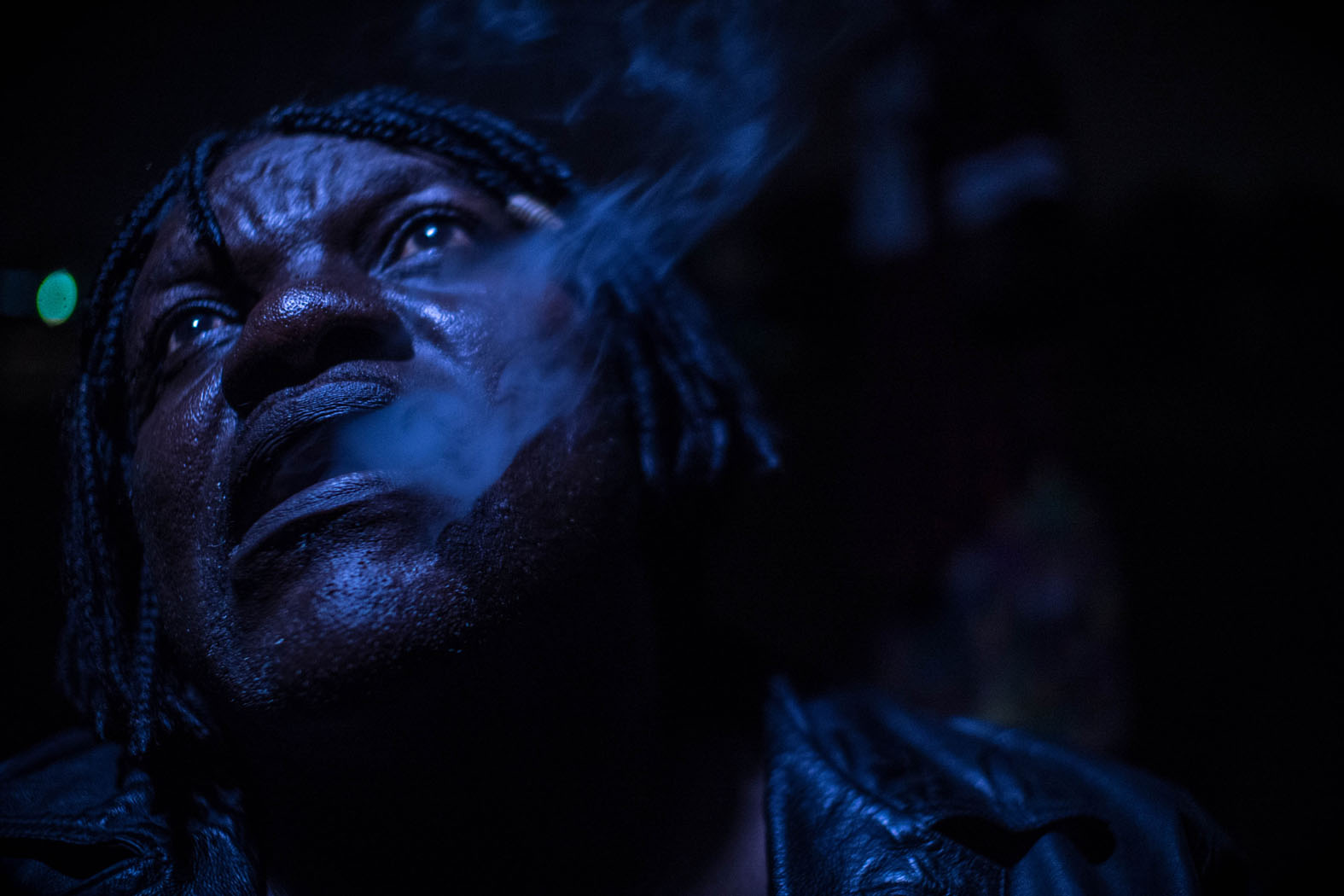
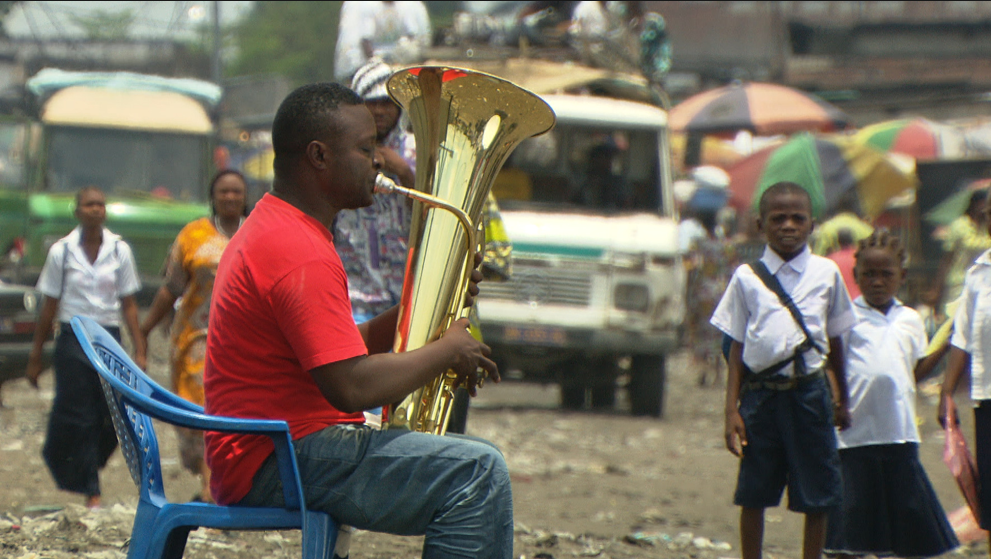

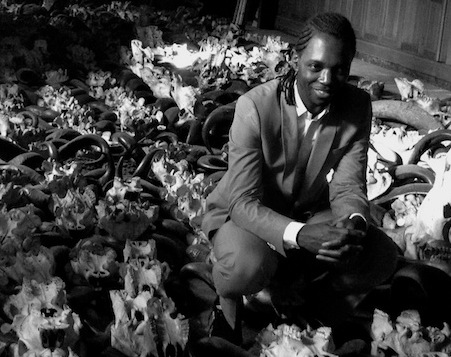
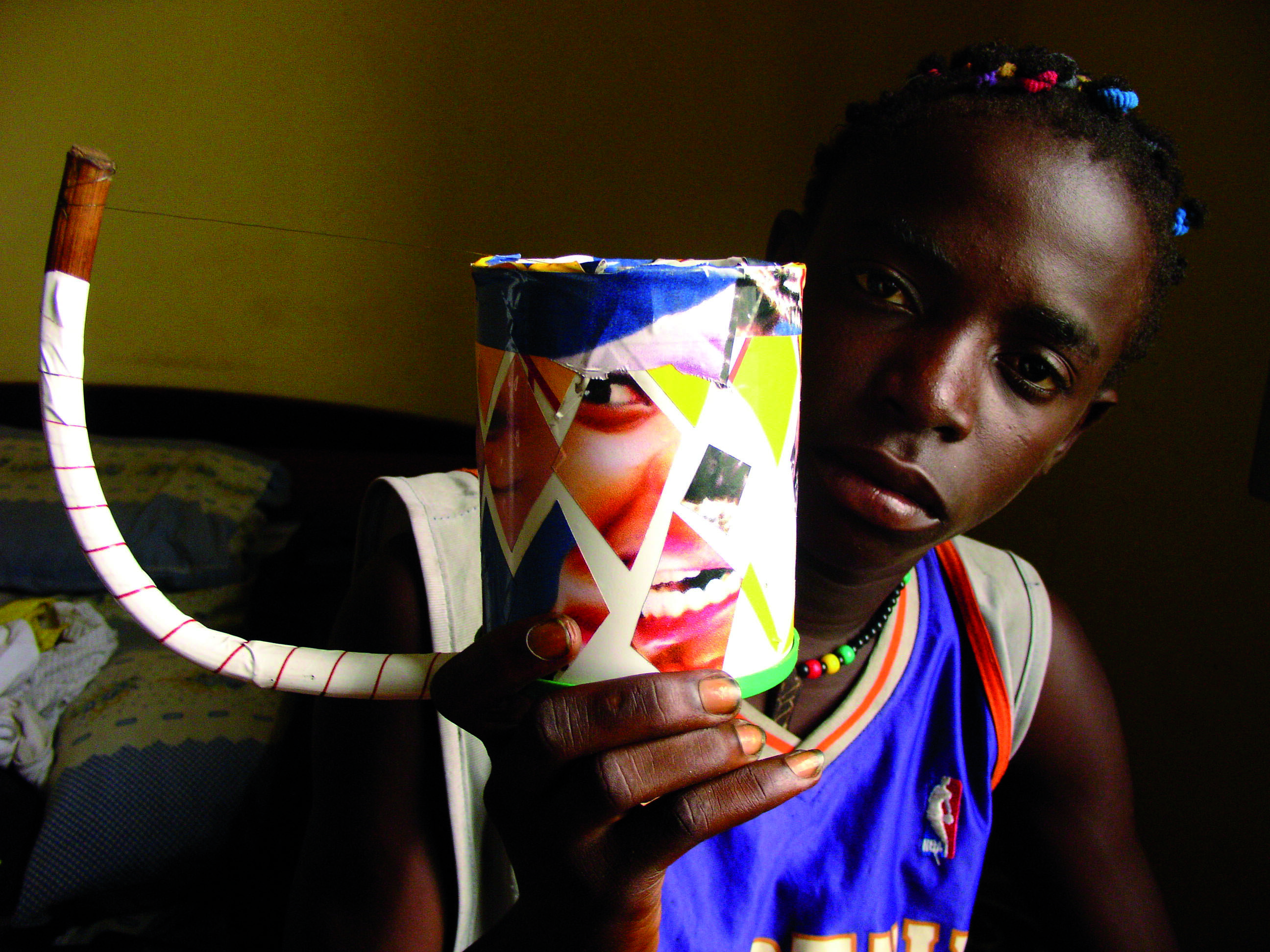
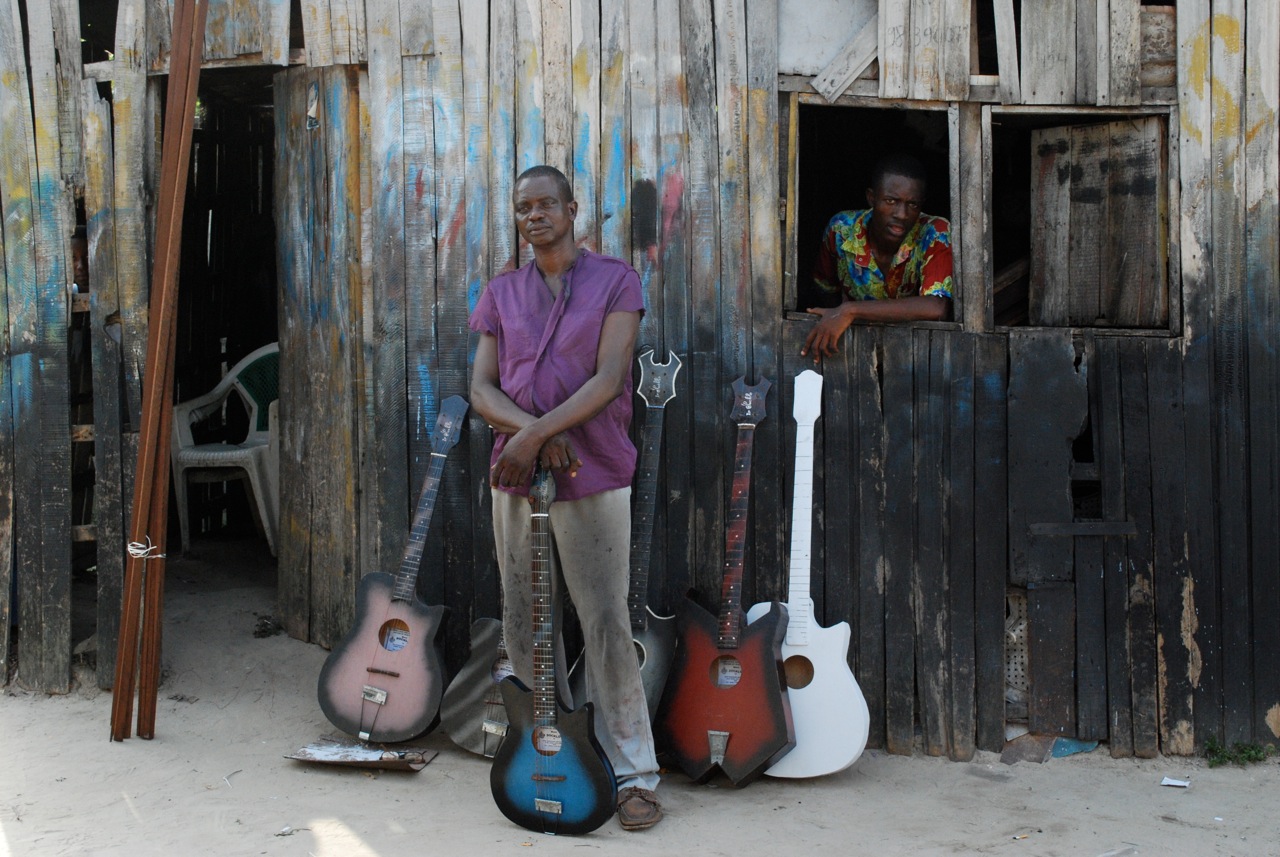
1 comment for “FINDING THE ONE (extract) – If your name is Keita, you’re still royalty”